Leather, a timeless material, has been central to the worlds of fashion and design for its durability, texture, and classic appeal. This guide will explore the significance of leather, its diverse types, and how to select the perfect leather for your specific needs.
Why Leather Matters
Leather transcends being just a material; it embodies style and craftsmanship. Its blend of strength, flexibility, and natural beauty that improves with age makes it invaluable in fashion design. Historically, leather has been significant across cultures, evolving to reflect the changing preferences of societies.
Subdivision of Leather
Leather is categorized based on the animal's skin area it comes from, each with distinct characteristics:
- Butt Leather: Known for its tight grain and minimal wrinkles, it's ideal for luxury goods.
- Bend Leather: From the animal's back, it's strong and durable.
- Shoulder Leather: More affordable with natural marks, suitable for everyday items.
- Head and Belly Leather: Soft and pliable from the underside, yet less durable, making it perfect for upholstery.
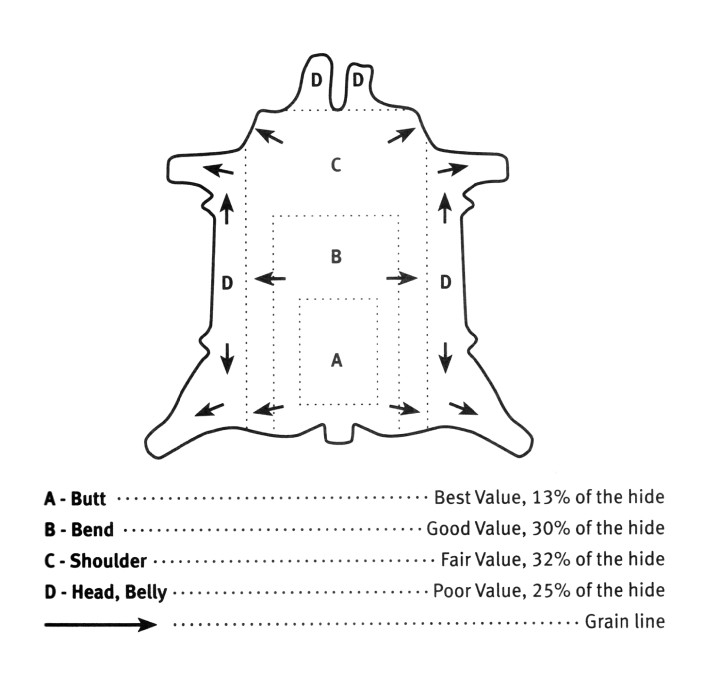
Common Tanning Methods
Tanning transforms raw hides into durable leather, with various methods offering unique characteristics:
- Vegetable-tanned Leather:
A traditional method using natural tannins from plants, it's known for its earthy aesthetics and ability to age gracefully. It's labor-intensive and eco-friendly, though less flexible than other types. - Chrome-tanned leather:
The prevalent method due to its efficiency, using chromium salts for a soft and flexible leather. It's fast, affordable, and offers excellent colorfastness and water resistance. - Chrome-free Tanned Leather:
A niche method using alternatives to chromium, it's sought after for its hypoallergenic properties. It's more expensive and complex, with a soft, pale "wet white" color that's easily dyed. - Oil Tanned leather:
An ancient technique using marine animal oils, it results in lightweight, breathable, and dimensionally stable leather. It's durable and develops a distinctive patina over time. - Semi-vegetable / Combination tanned leather:
A versatile method combining different tanning processes to create leather with a blend of properties, offering customization and improved performance.
Classification of Leather
Leather is classified into grades based on quality and treatment:
- Full Grain (Top Grade): The highest quality, with the hide's full thickness retained.
- Finish types: Aniline, semi-aniline
- Common types: Aniline Full Grain Leather, Belting Leather, Nappa Leather
- Top Grain (2nd Best Grade): Second best, with a sanded surface for a smooth finish.
- Finish types: semi-aniline, and pigmented, and pigmented.
- Common types:
- Nubuck Leather: Soft, velvety finish created by brushing the leather.
- Embossed Leather: Features a pattern or design embossed onto the surface.
- Patent Leather: Known for its glossy, shiny finish.
- Corrected Grain (Medium Grade): Medium grade, with an artificial grain impressed on a sanded surface.
- Finish types: semi-aniline, and pigmented.
- Common types: same as top grain leather.
- Split (Low Grade): Lower grade, created from the fibrous part split from the top grain.
- Common types include:
- Suede: A napped finish with a soft, velvety texture.
- Bycast Leather: A more uniform and consistent texture compared to suede.
- Coated Split Leather: A split leather with a thin layer of polyurethane for added durability.
- Common types include:
- Reconstituted (Lowest Grade): The lowest grade, made from bonded leather scraps.
- Types include:
- Bonded Leather: A composite material made from bonded leather fibers.
- Types include:
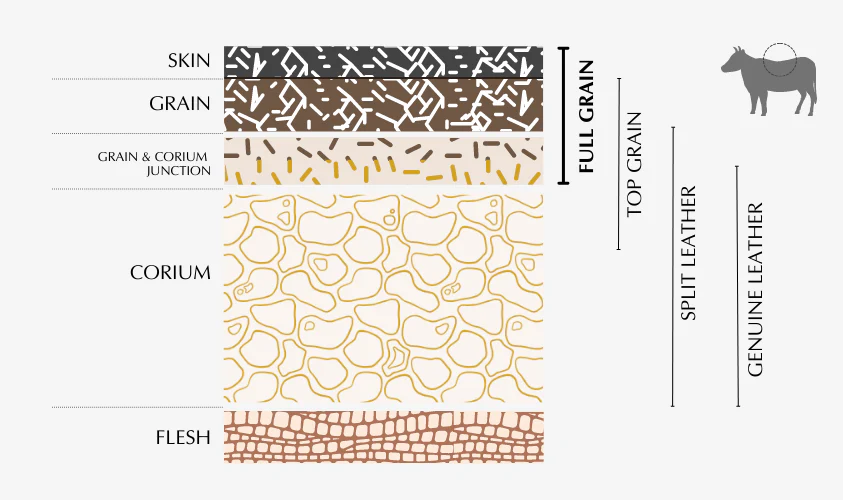
Each grade of leather caters to specific needs and preferences, making it crucial for consumers and manufacturers to understand the distinctions to choose the most appropriate type for their requirements.
Grading System
Leather is graded from A to F based on the presence of imperfections:
- A Grade: Flawless with no imperfections.
- B Grade: Minimal imperfections (5-10%).
- C Grade: Moderate imperfections (10-20%).
- D Grade: More imperfections (20-30%).
- E Grade: Significant imperfections (30-40%).
- F Grade: Factory rejected due to excessive imperfections.
Common Leather Types
Leather types are diverse, each derived from different animals, offering unique characteristics that make them suitable for various applications in fashion, accessories, and more. Here's an overview of common leather types based on the information provided:
- Cattle Leather: Versatile and strong, used extensively in bags and fashion.
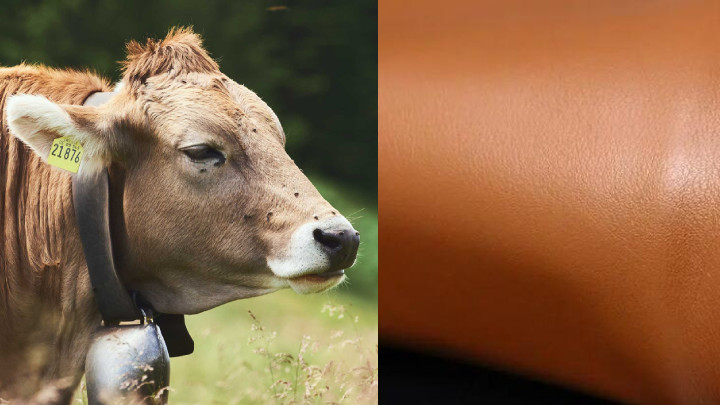
Cattle Leather - Calf Leather: Fine-grained and slightly rubbery, used in high-quality handbags.
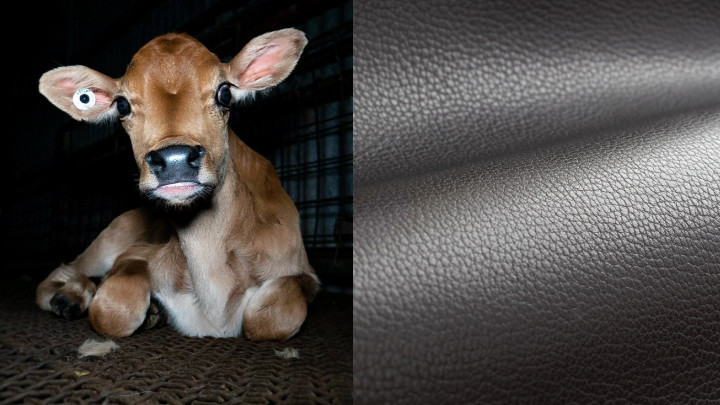
Calf Leather - Buffalo Leather: Tough with a pebbly appearance, suitable for heavy-duty items.

Buffalo Leather - Goat Leather: Strong with a fine grain, used in bags and Balenciaga's The City.

Goat Leather - Sheep Leather: Soft with good heat insulation, often used for linings.
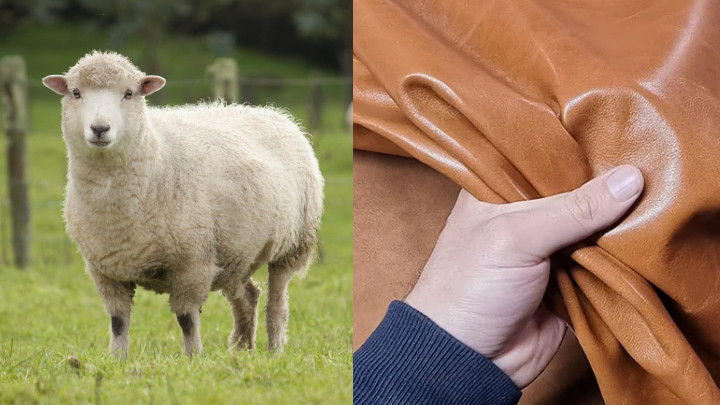
Sheep Leather - Lambskin: The softest and most supple, often used in luxury bags like Chanel 2.55.

Lambskin - Deerskin: Soft and stretchy, ideal for gloves and handbags.
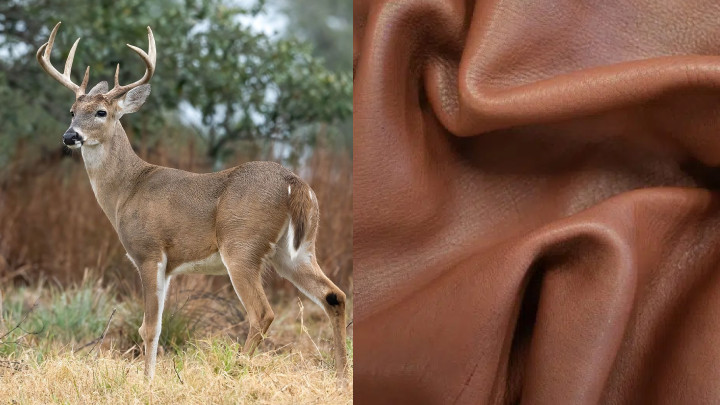
Deerskin - Elk Leather: Similar to deerskin but heavier, used in durable goods.

Elk Leather - Pigskin: Breathable and durable, commonly hide for suede.
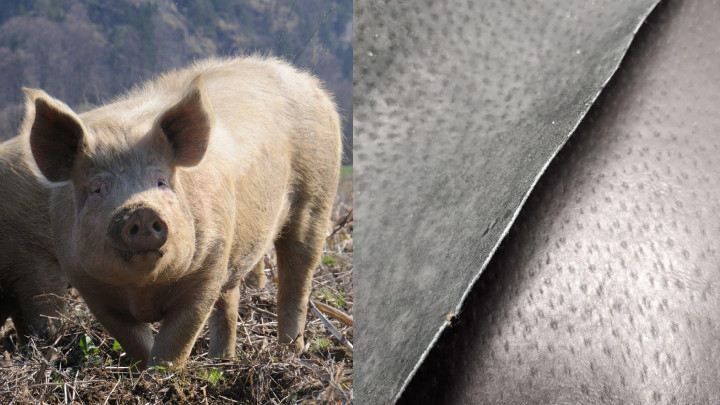
Pigskin - Alligator Leather: Scaly and supple, favored in luxury fashion.
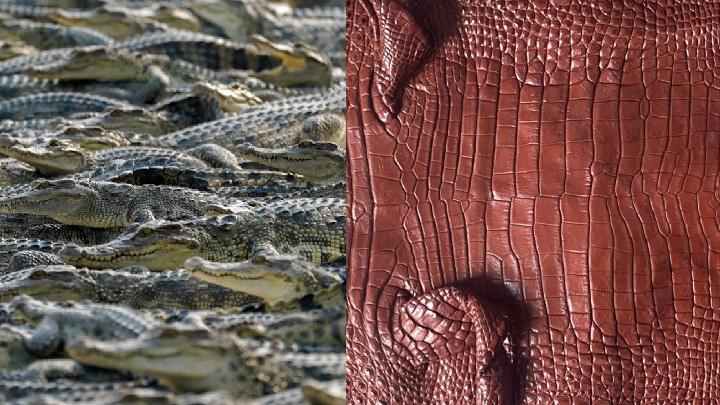
Alligator Leather - Snake Leather: Distinctive with a lightweight, strong texture, used in luxury goods.
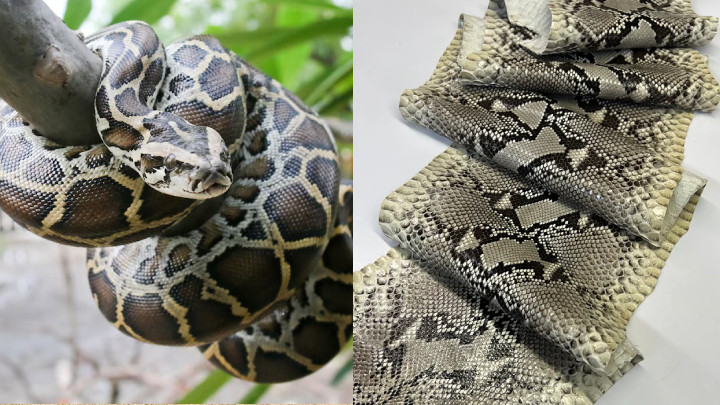
Snake Leather - Frog/Toad Leather: Lightweight and strong, used for decorative items.
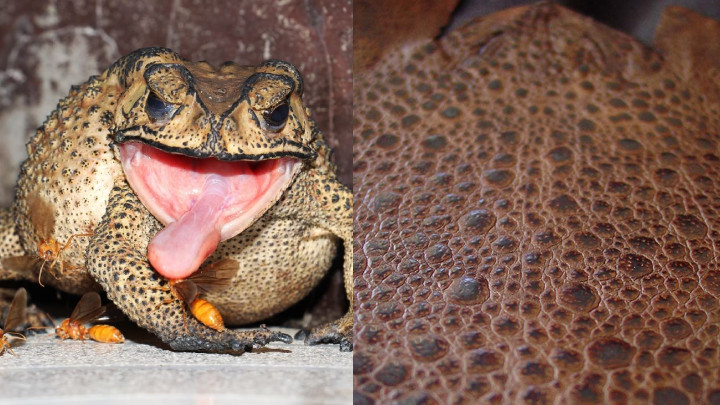
Frog/Toad Leather - Ostrich Leather: Durable with a unique texture, preferred by major fashion houses.
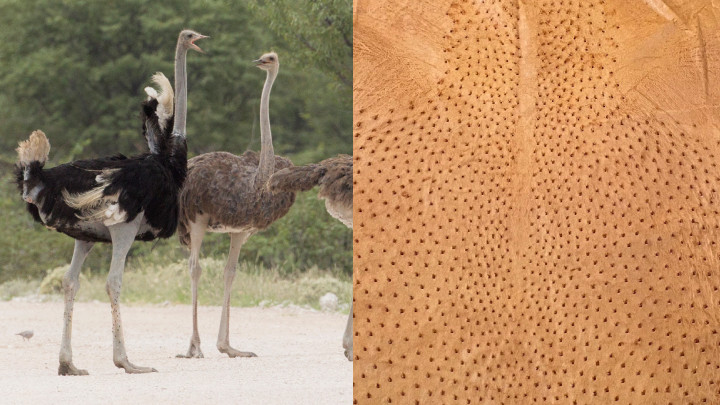
Ostrich Leather - Kangaroo Leather: Extremely strong and lightweight, ideal for performance wear.
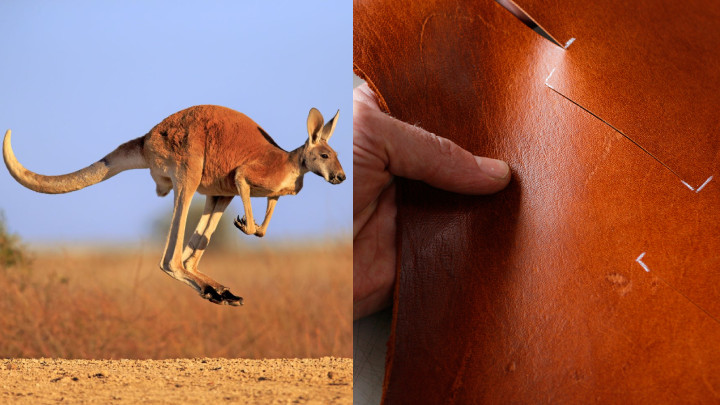
Kangaroo Leather - Salmon Leather: Pliable with fine scales, popular for wallets and bags.
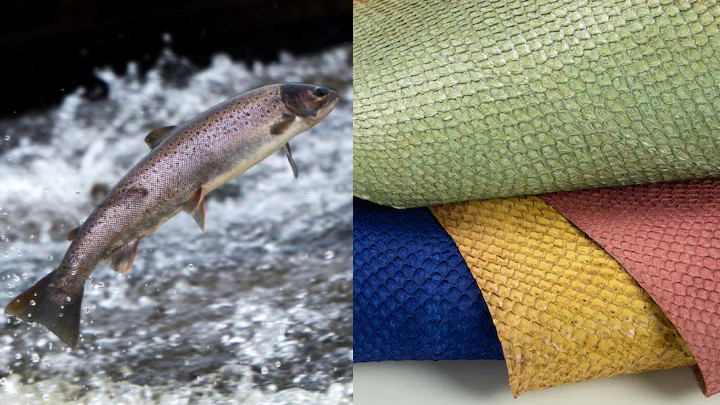
Salmon Leather - Perch Leather: Thick with large scales, used for wallets and purses.
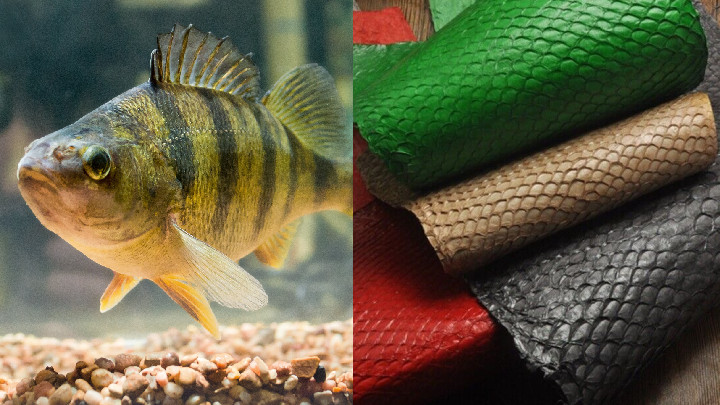
Perch Leather - Wolffish Leather: Smooth and scaleless, known for its dark spots and stripes.
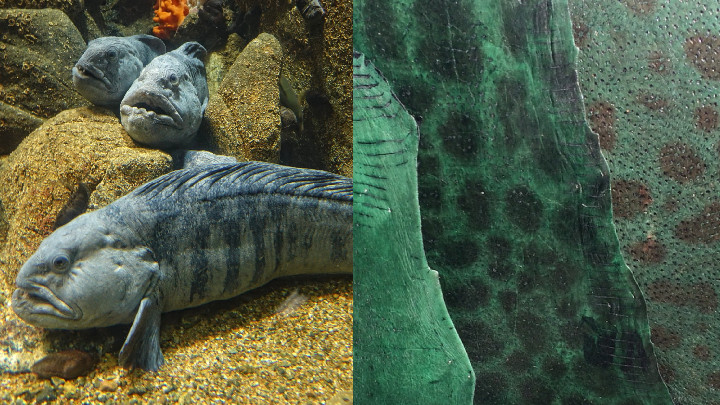
Wolffish Leather - Cod Leather: Finely scaled with a varied texture, suitable for wallets and purses.
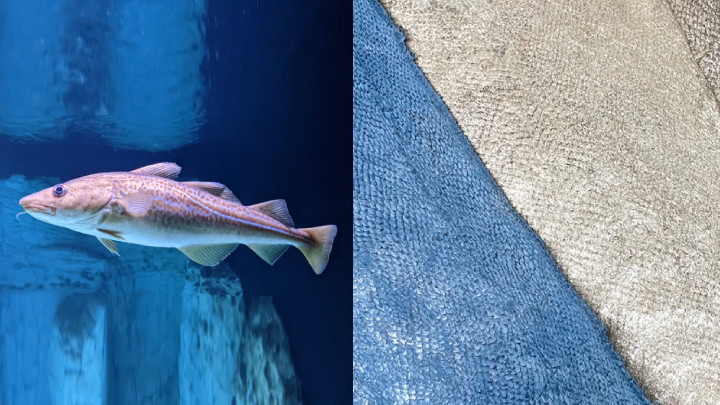
Cod Leather - Eel Leather: Very smooth with a pinstripe-like pattern, used in fashion items.
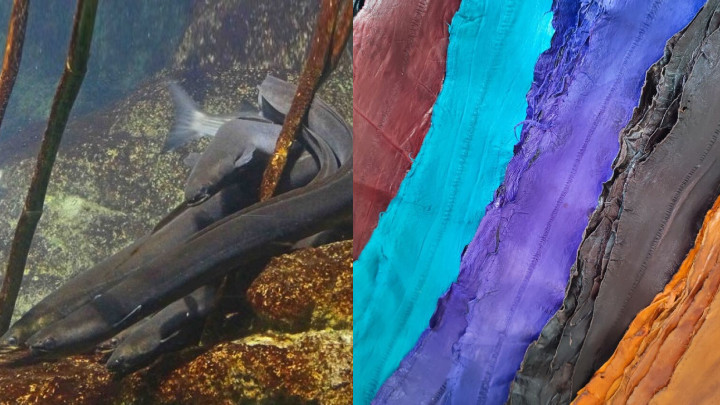
Eel Leather - Tilapia Leather: With a beautiful pattern, used for small leather goods.
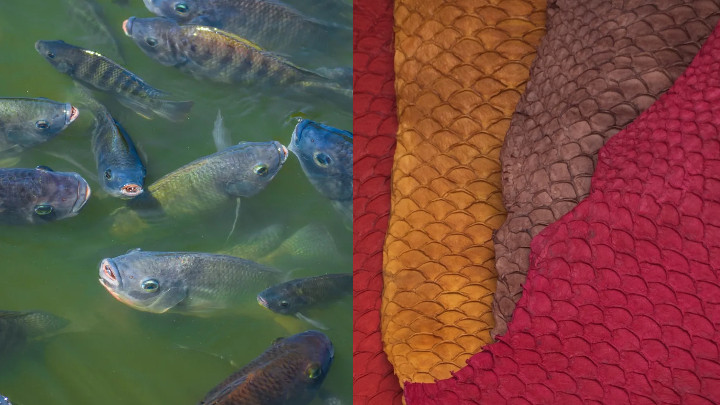
Tilapia Leather - Stingray Leather: Highly durable with a distinctive pattern, used in luxury bags.
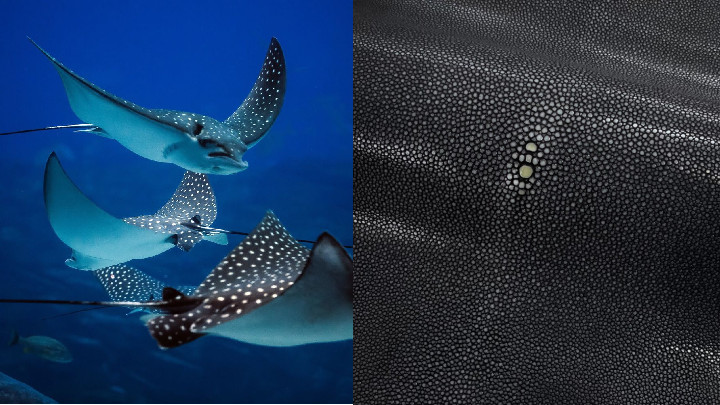
Stingray Leather - Rabbit Leather: Delicate and small, often used for decorative purposes.

Rabbit Leather - Lizard Leather: Strong and lightweight, used for decorative purposes.
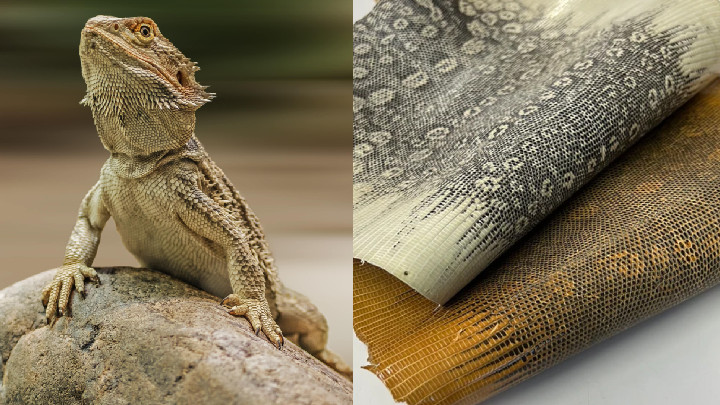
Lizard Leather - Horse Leather: Tough and thin, commonly used for shoes and bags.
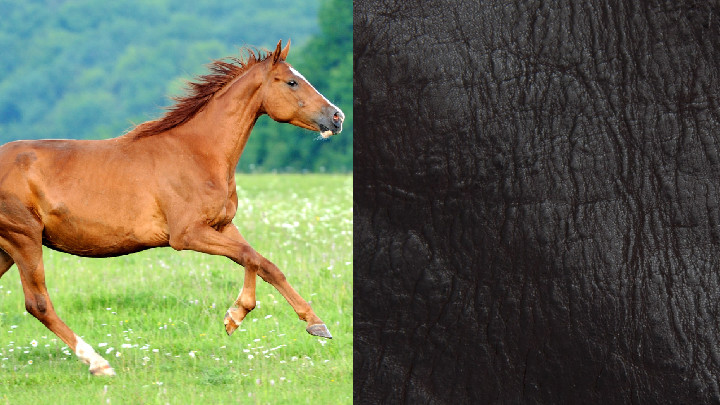
Horse Leather
How to Choose the Right Type of Leather?
When it comes to selecting the perfect leather, there are several factors to consider including the intended use, budget, personal style, and sustainability. To get in touch with our team at J.D. Leather Goods for expert advice, you can visit our website or contact us directly. We're here to help you make an informed decision that will stand the test of time.
For more information or to discuss your specific leather needs, please feel free to reach out: Contact J.D. Leather Goods.